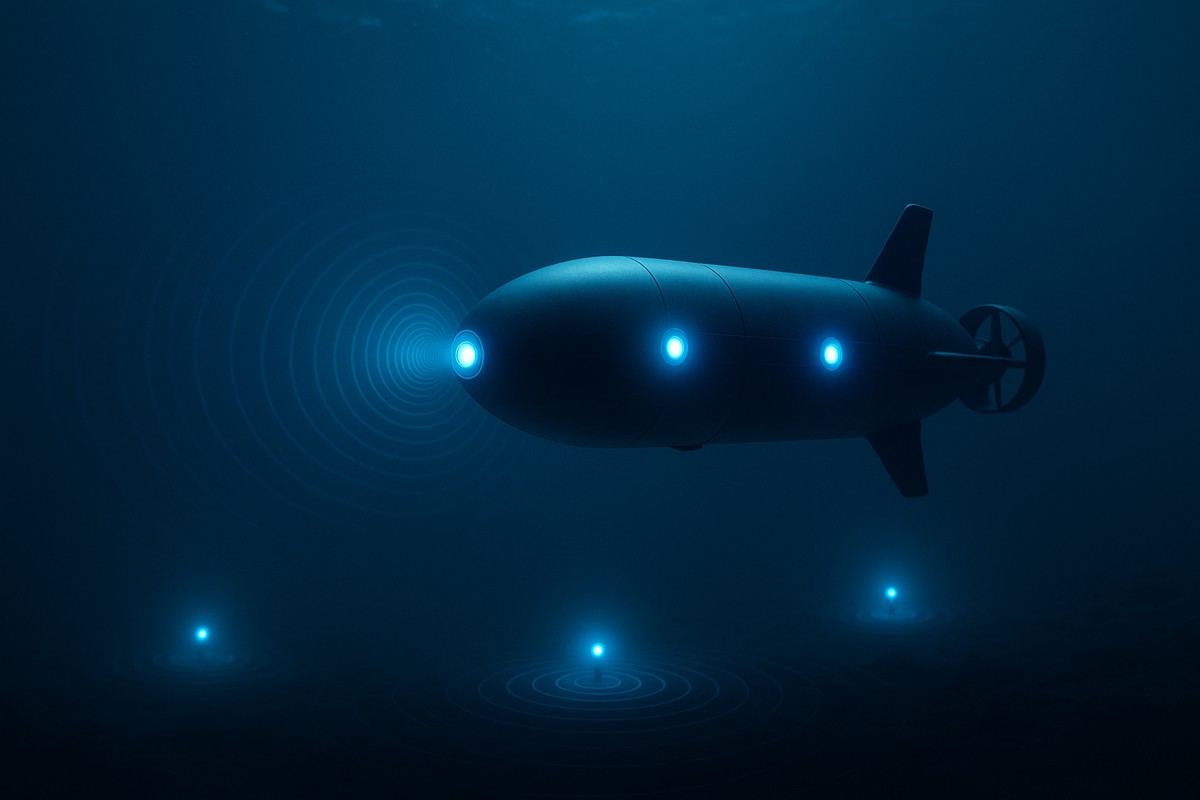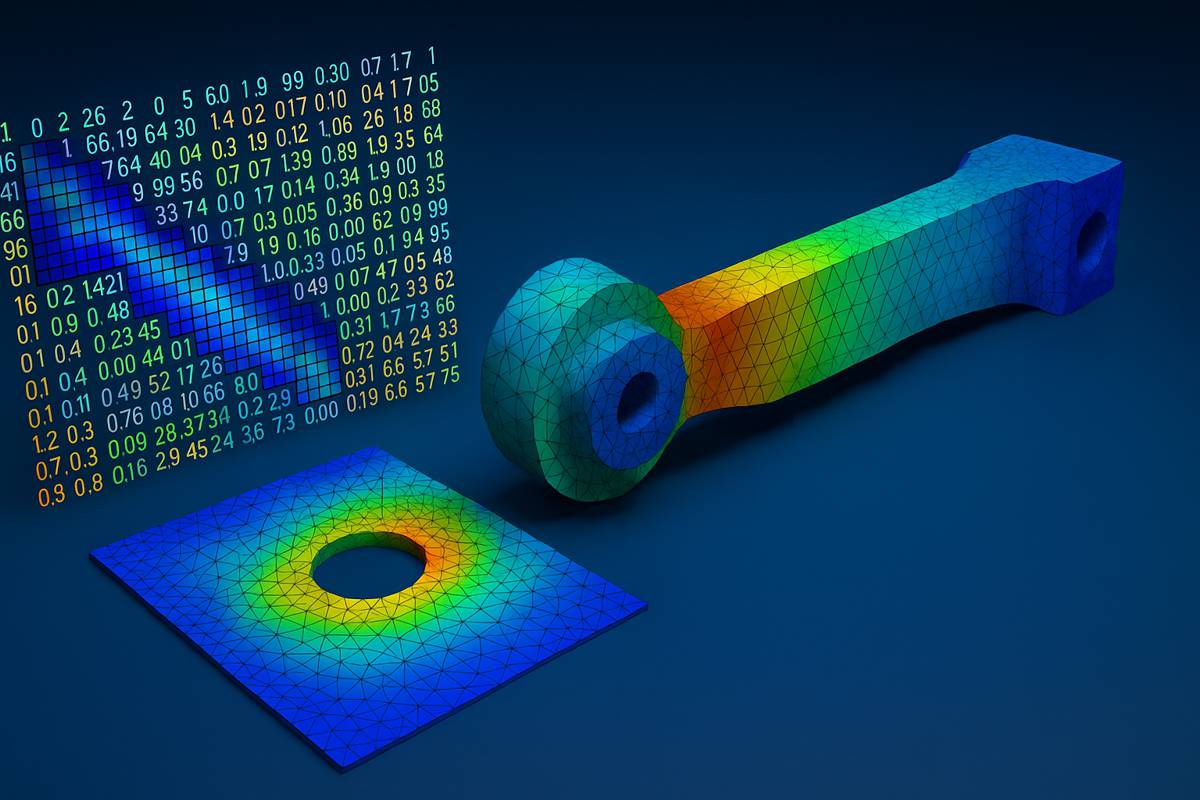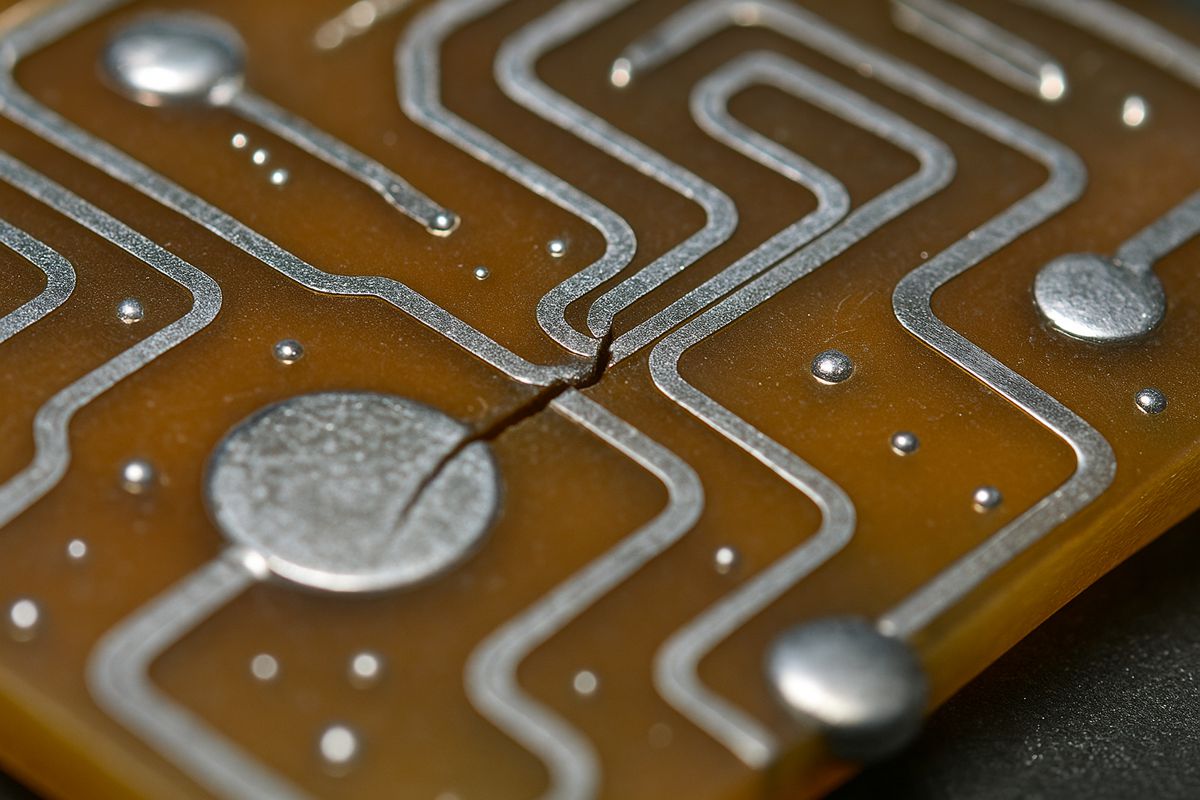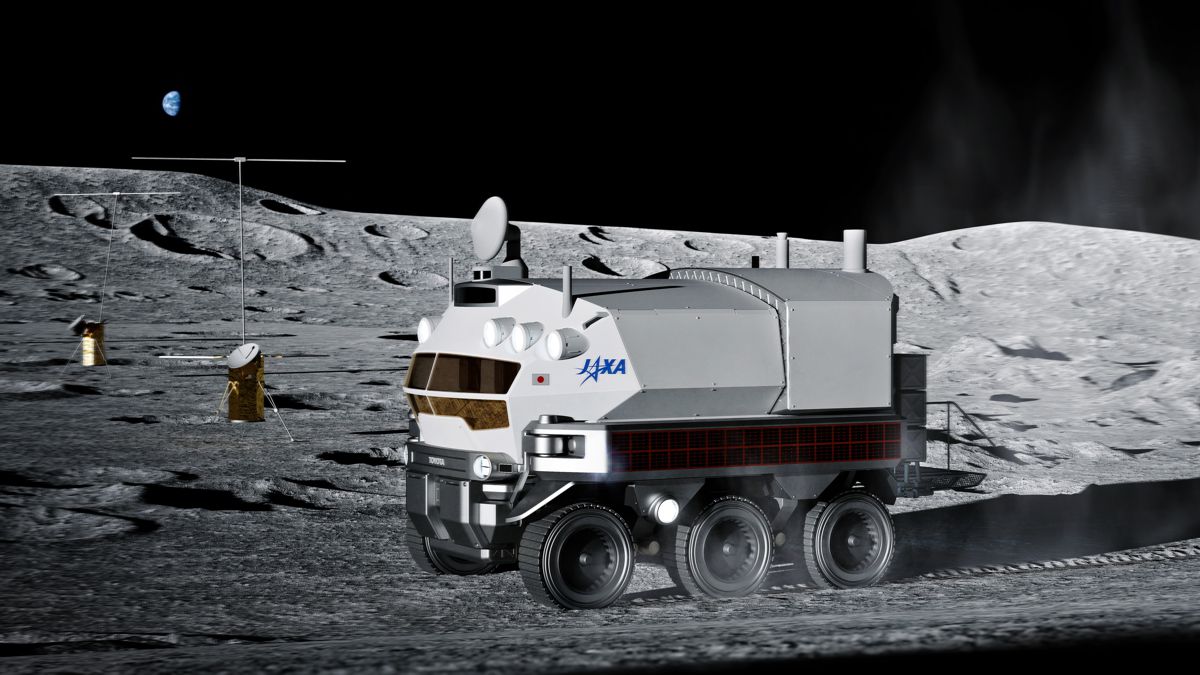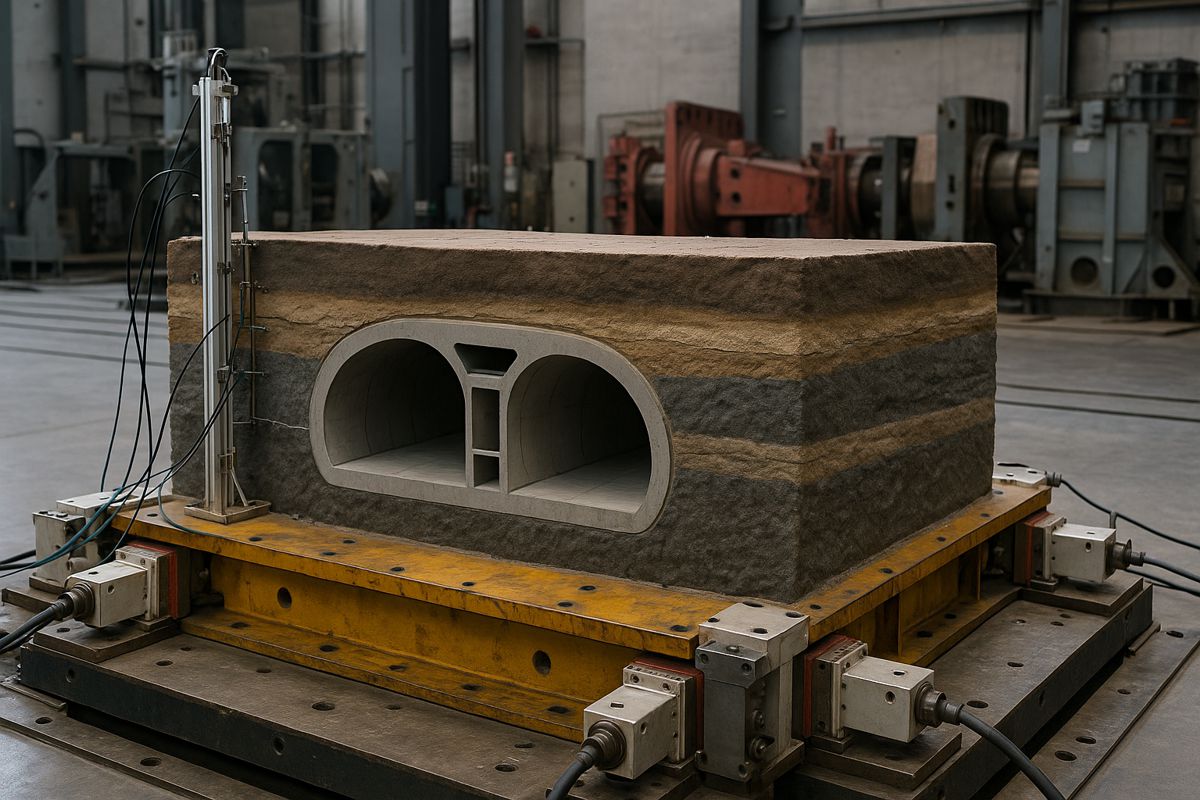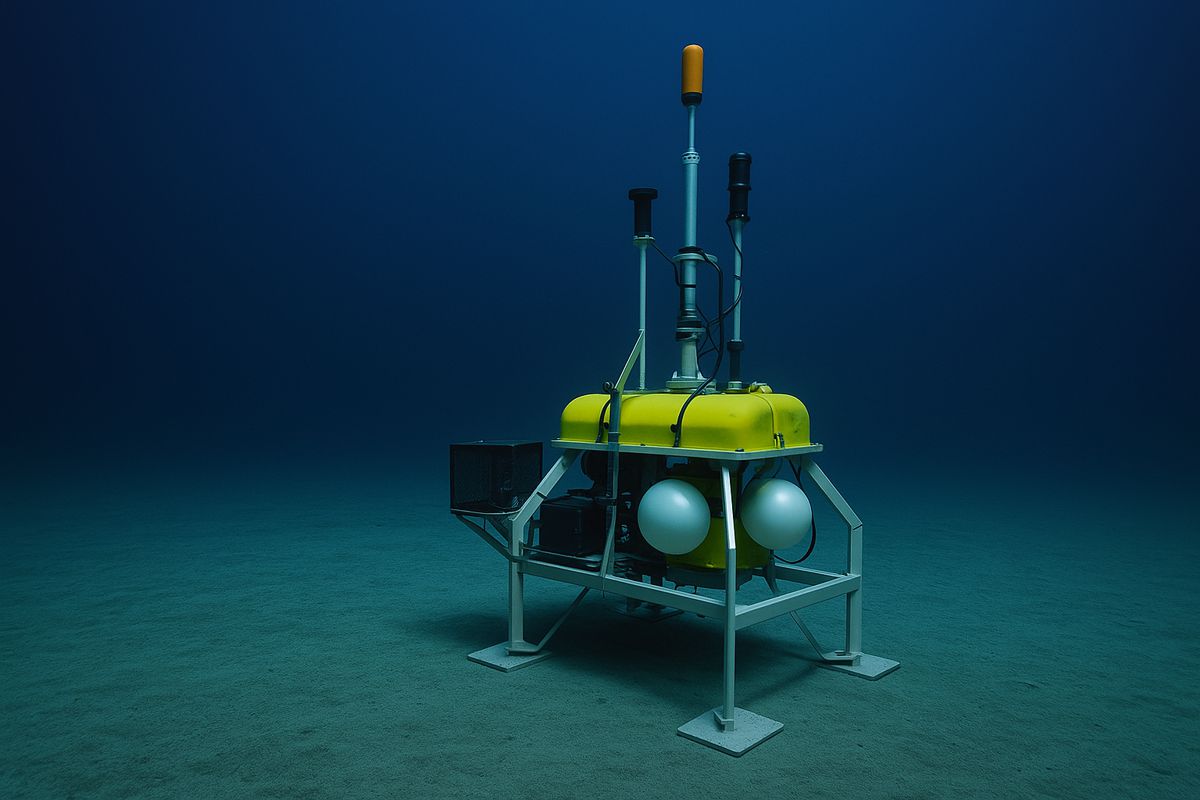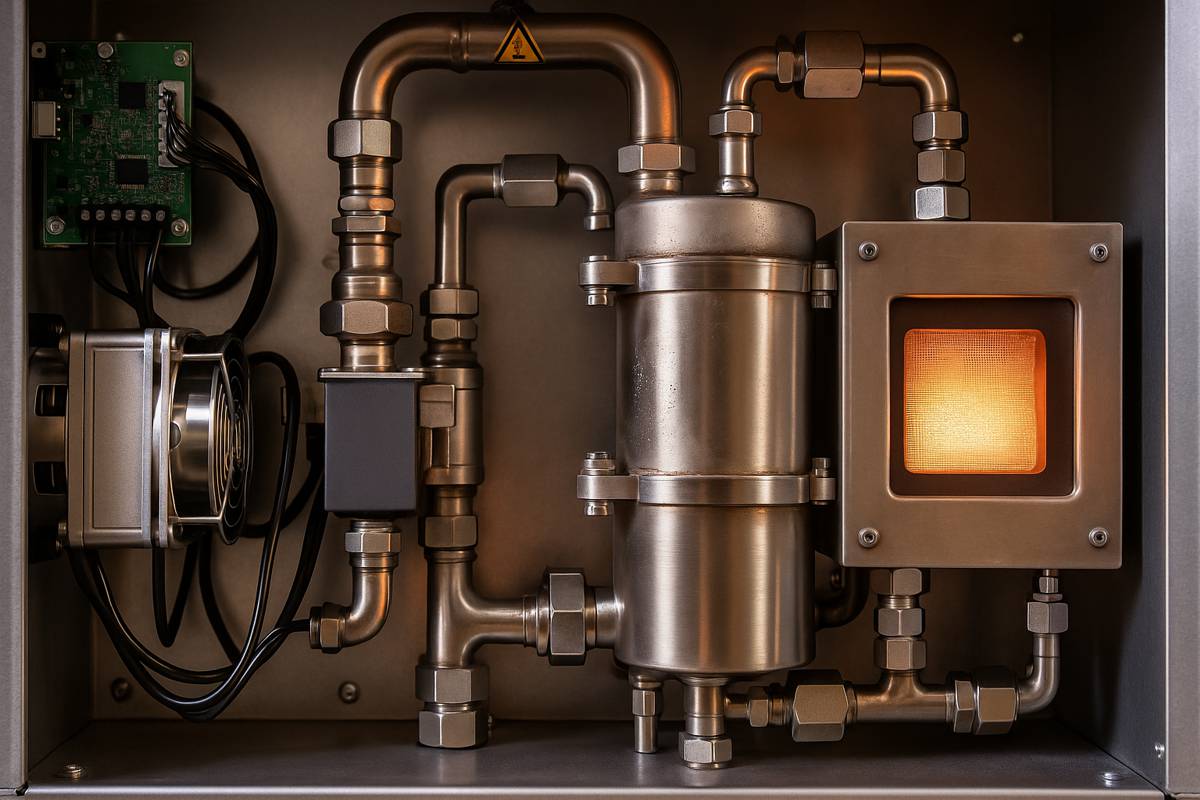AUVs and Underwater Sensor Networks Team Up for Precision Tracking
Underwater environments rarely play fair. Between murky visibility, unpredictable acoustic conditions, and mission-critical applications from defence to offshore energy, tracking objects beneath the surface has always been a complex, high-stakes business.
Now, a pioneering research collaboration has unveiled a powerful approach that marries Autonomous Underwater Vehicles (AUVs) with Underwater Sensor Networks (USNs), potentially transforming how subsea targets are monitored in real time.
A breakthrough study led by researchers from the Ocean College at Jiangsu University of Science and Technology, the Electrical and Electronic Engineering Department at Auckland University of Technology, and the Wuhan Maritime Communication Research Institute presents a fresh take on the problem. Their solution harnesses the mobility, processing capability, and rechargeable design of AUVs to complement the dense sensing capabilities of USNs, ultimately pushing the boundaries of marine sensing efficiency.
The study, titled Joint target tracking using an autonomous underwater vehicle and underwater sensor networks for underwater applications was authored by Zhaohong LV, Zhenkai ZHANG, Boon-Chong SEET, and Yi YANG and reflects a partnership across institutions with deep expertise in ocean technology and communications. Their paper introduces a method designed to dramatically improve tracking accuracy and reduce energy consumption across the network. With applications spanning maritime security, underwater vehicle guidance, ocean resource monitoring, and environmental sensing, the implications are significant.
Tackling the challenges of underwater tracking
Tracking targets underwater sounds straightforward until one encounters the harsh realities of physics and engineering below the surface. Acoustic communication is slow, noisy, and bandwidth-constrained. Signals take time to propagate, meaning the data your sensors hear is slightly out of date. For many marine missions, that delay can be the difference between success and failure.
Fixed underwater sensor nodes, while capable of long-term deployment, come with their own Achilles heel: limited battery life. Energy replenishment is rarely feasible at ocean depth, and without power, monitoring quickly grinds to a halt.
Traditionally, researchers have turned to particle filters or unscented Kalman filters to compensate for transmission delays. However, those approaches, while clever, come at a price. They require substantial computational power, often beyond the modest processors built into underwater nodes. This creates a trade-off: track with precision and exhaust batteries quickly, or accept degraded performance to conserve energy.
Delay-aware tracking without the computational burden
At the heart of the approach sits a time-delay-compensated Centralised Extended Kalman Filter, or TD-CEKF. This might sound like a mouthful, but its essence is elegant. Rather than simulating vast amounts of hypothetical future states, as particle filters do, or relying heavily on transformation sampling like unscented Kalman filters, the TD-CEKF integrates the physics of underwater delay directly into the central computation.
By calculating delay based on acoustic pulse angles and target geometry, the algorithm corrects both the predicted target state and measurement residuals. This allows it to achieve high-accuracy tracking with dramatically lower computing demand.
Simulations revealed that the TD-CEKF consistently maintains a root mean square error in the region of 1.2 to 1.5 metres after the twentieth tracking step under typical marine conditions. In practical terms, that’s tight enough for navigation, surveillance, and environmental tracking tasks, all without requiring energy-hungry processing.
Even more impressive, the method proved robust against initial estimate errors. For operators and engineers, this reliability translates to smoother deployments and less configuration effort.
As stated in the study: “TD-CEKF avoids time-consuming particle simulations while ensuring accurate delay compensation, offering orders-of-magnitude efficiency gains compared to TD-PF methods.”
Why the AUV makes all the difference
Where fixed sensor networks fall short, the inclusion of an AUV changes the game. AUVs bring mobility, manoeuvrability, and computing muscle. Crucially, they can also surface to recharge or communicate over radio and satellite links.
The research team integrated the AUV not merely as a roaming sensor, but as an orchestrator of network optimisation. They modelled the relationship between AUV position and the Fisher Information Matrix (FIM), a measure that links sensor geometry to target estimation precision. With a penalty-based optimisation algorithm and gradient descent calculation, the system continually adjusts the AUV’s position to maximise information and minimise tracking error.
Simulations demonstrated striking results. As process noise increased, the AUV-assisted method kept tracking error in a narrow band between roughly 0.92 and 2 metres. Without an AUV, the error ballooned from 1.15 to around 5 metres under the same noise increase.
Once again, the research sums up the benefit succinctly: “The AUV acts as a fusion centre, reducing active sensor nodes and lowering energy consumption while improving tracking stability.”
Real-world relevance and applications
The practical impact of such efficiency stretches across industries. Energy companies deploying autonomous monitoring for subsea pipelines could stretch battery life and reduce maintenance trips. Naval and security forces could track unknown objects with greater confidence in contested waters. Marine ecologists could monitor wildlife movement with less intrusive equipment and improved accuracy.
Improved energy economy means longer missions. Enhanced delay compensation means sharper positional insight. AUV optimisation means smarter networks that adapt on the fly.
Industry watchers already see underwater robotics and distributed ocean monitoring as major growth areas. According to the World Robotics Report and Maritime Robotics Market studies, global maritime autonomous systems are projected to grow significantly over the next decade, driven by offshore infrastructure expansion, defence modernisation, and environmental protection efforts.
Charting the future of intelligent oceans
Looking ahead, this blended approach of autonomous mobility and distributed sensing could serve as a foundation for even more advanced systems. Future developments may include multi-AUV coordination, swarm intelligence, or integration with satellite-linked ocean-surface buoys.
Oceans remain among the least explored areas on Earth, yet they underpin global supply chains, geological knowledge, and environmental stability. Smarter, longer-lasting, and more accurate underwater sensing boosts both scientific discovery and economic opportunity.
Riding the next wave of subsea innovation
With technology like this maturing quickly, marine engineering and robotics teams everywhere are paying close attention. This research underscores a simple but powerful message.
By combining mobility, computation, and network intelligence, it’s possible to break long-standing constraints and unlock the full potential of the underwater domain.
